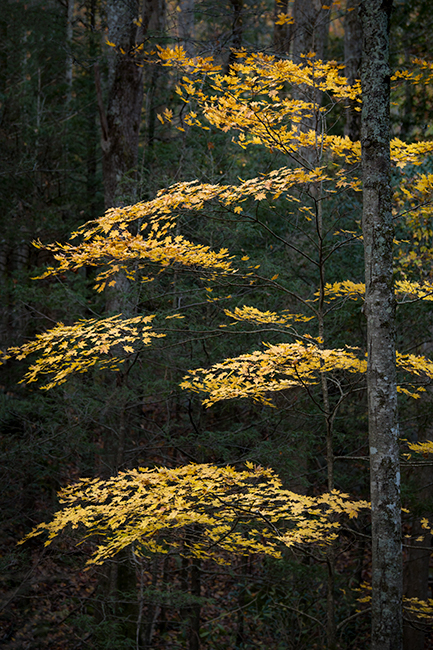

Even new, green leaves of this tree contain some red. Living up to its name, the Red Maple has red foliage in winter after having red and yellow foliage in the Fall. This range is one of the biggest for a tree in North America. The Red Maple grows across North America, from Florida to Newfoundland.

Red Maple This maple leaf is in the process of transitioning from green to red. Some Japanese maples can grow very large, while others do well in containers.
:max_bytes(150000):strip_icc()/close-up-of-red-amur-maple-tree-leaves-1086175220-65a059e91f2b480cac4d56d530a02ad1.jpg)
When choosing the right Japanese Maple, consider the color and shape of the leaves and the size of the tree that you want. In the Fall these leaves will return to the red or purple leaves of the Japanese Maple. Often, high heat will turn the tree’s red leaves green during the summer. The amount of heat that a Japanese Maple receives can affect the color of the leaves. They can survive a bit of drought, but they need plenty of water for their first few years. These trees do best with a balance of sun and shade.

However, there are some general things that most Japanese Maples have in common. Several types of Japanese Maples can be grown in Texas.
Light Requirement: Partial Sun to Shade. Fall Foliage: Some have foliage changes, while others are always consistent. Chalk Maple The dark trunk and the bright red fall leaves make this maple tree a very stunning sight to see. This consideration is because it can spread quickly in a variety of environments. The Box Elder Maple is popular as a decorative tree in some areas of North America, but it is considered invasive in some other parts of the continent. This tree is also vulnerable to insects such as the box-elder bug. If you live in a part of Texas where drought is a common occurrence, you should go with a different tree since the Box Elder Maple is not tolerant of drought. This tree thrives along the eastern part of Texas, thanks to the high moisture level in that area. Rather than having a single trunk, the Box Elder Maple often has many trunks. Beyond the unique shapes of the leaves, this tree boasts a uniquely shaped trunk. Male and female trees produce flowers in spring. Other maples often only have three to five compound leaflets, and are often mistaken for poison ivy. The Box Elder Maple stands out from other maples because it has compound leaves with three, five, seven, or nine leaflets. TYPES OF MAPLE TREES IN TENNESSEE FULL
Light Requirement: Partial Sun to Full Sun. Box Elder Maple This particular maple tree will do better in high moisture climates. You should avoid pruning the Bigtooth Maple until after it is more established. It also needs some special care during this time in that they need a bit of extra water. This type of maple grows somewhat slowly for the first two years of its life. The Bigtooth Maple can withstand a lack of water for a relatively long time, and it does best in soils with a lot of drainage, such as limestone and igneous soils. It has dark brown, scaly bark, green flowers in the spring, and leaves with three to five lobes. This tree can often be on the smaller side. There are some variations of this tree that are recognizable by their leaf variation. They are particularly known for their vibrant red and yellow foliage in the fall. Native to Texas, the Bigtooth Maple trees are seen at the Lost Maples State Park.




:max_bytes(150000):strip_icc()/close-up-of-red-amur-maple-tree-leaves-1086175220-65a059e91f2b480cac4d56d530a02ad1.jpg)



 0 kommentar(er)
0 kommentar(er)
